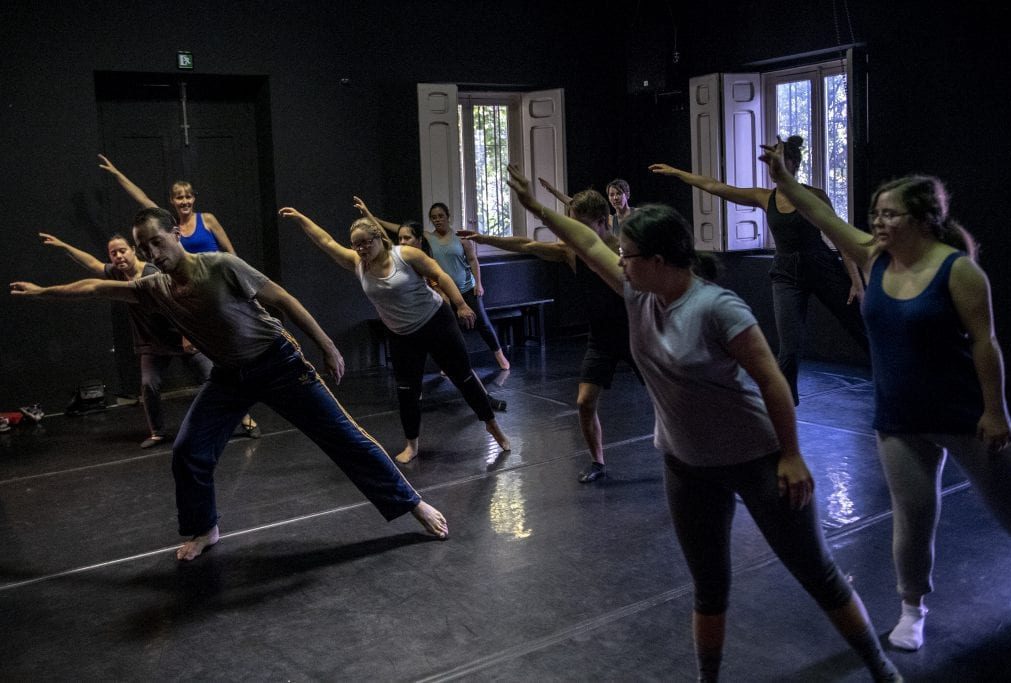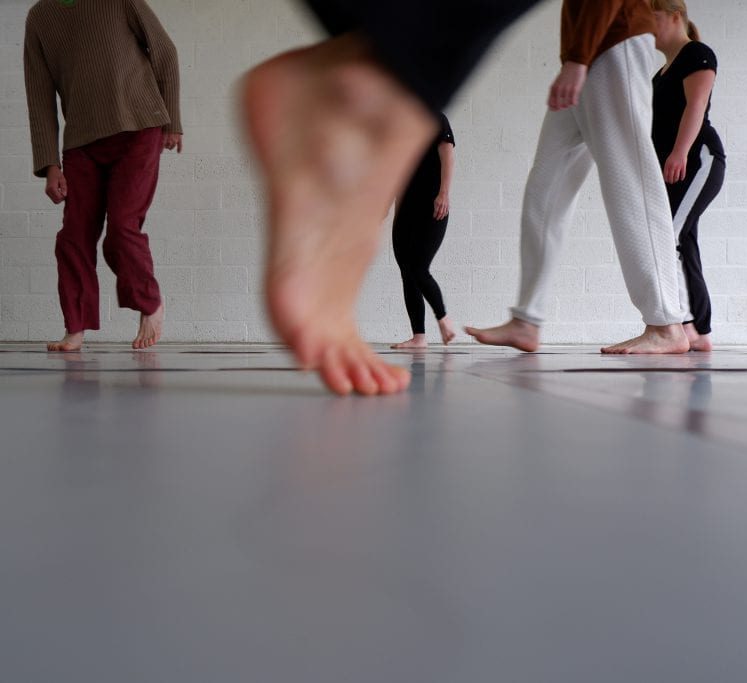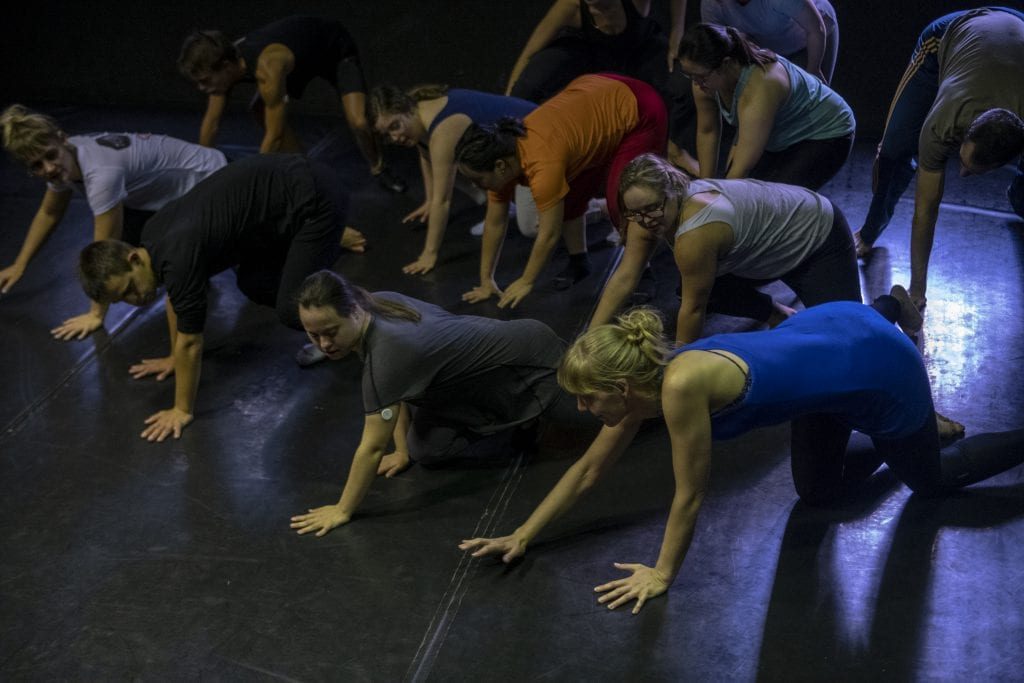Travel
Travel refers to the ability to move the centre of gravity along the horizontal plane with efficiency and control.
Travel refers to the ability to move the centre of gravity along the horizontal plane with efficiency and control.
The purpose of this activity is to develop the dancer’s ability to:
* travel efficiently and safely
* extend their movement vocabulary
* execute movement at different speeds
* have clear, sustained focus
* travel in clear directions and pathways
* spatial awareness
* develop group listening – the ability to work with others in the space
As with all dance skills, a combination of elements determine the dancer’s ability to travel. Alignment, strength and use of effort all play a role in a dancer’s capacity to travel efficiently and safely. More information on building strength and good alignment in the lower leg can be found here.
Preparation is important to ensure activities that involve travelling are safe. When planning a lesson it can be useful to start with the later activities and work backwards to ensure the dancers have been suitably prepared for them. More information on preparatory activities can be found here.
Travelling activities provide a good opportunity to introduce and develop set movements (e.g. galloping, turning) and other elements such as, directions, clear pathways and eye focus. Finding and maintaining a clear eye focus can be challenging for some dancers, but setting it can help dancers remember a sequence.
Group listening, awareness of others in the space and how to react to them, is an important skill to develop. Giving the dancers time to rehearse together in the space while working independently can help to develop this.
Cool down activities can be found here.
The European Commission support for the production of this publication does not constitute an endorsement of the contents which reflects the views only of the authors, and the Commission cannot be held responsible for any use which may be made of the information contained therein.



Teaching Guidelines
This activity uses a wide range of teaching methods to appeal to different learning styles. Visual and tactile methods of communication are generally more accessible and effective for dancers with additional learning support needs. This activity works best towards the end of class.
The approach taken in this activity is to begin by providing an outline of the whole sequence (the floor pattern). The detail is then gradually filled in by the teacher and dancer themselves. This strategy can be useful for many dancers but particularly those with hypermobility who can be overwhelmed when receiving a lot of information at once. This can result in the defence mechanism of fight, flight or disassociation. More information on psychosocial markers, anxiety and bodily crisis in Joint hypermobility can be found here. Additional elements, such as introducing different speeds, levels or starting points can be added as the dancer becomes ready. More information on building a sequence can be found here.
Remembering a sequence accurately can be challenging for dancers, especially if they have created it themselves. Teaching their sequence to a partner can help improve movement memory as it requires the dancer to clarify the movement and repeat it numerous times. Being in a teaching role also encourages autonomy, develops social and communication skills and the ability to switch between leader and follower roles.
Developments for this activity could include:
* starting at different points in the sequence
* changing speed and levels
* in duets and trios – playing with distance and eye focus to suggest relationship
* developing and performing in larger groups
* introducing an object
In this activity we used the following methods of delivery. However, you may find others on the list more suitable for your dancers:
Auditory
* verbal instructions
* use of voice; intonation, pace
* use of music/sounds
* imagery delivered verbally
Visual
* physical demonstrations
* visual imagery (picture, object)
Tactile
* tactile cues given by self, peer, or teacher
* physical objects
Kinaesthetic
* experience how the movement feels e.g. resistance, pressure, effortless etc.
Feedback
* verbal feedback from peer or teacher
* visual feedback from peer or teacher
* tactile feedback from peer or teacher
* visual feedback and self-correction





